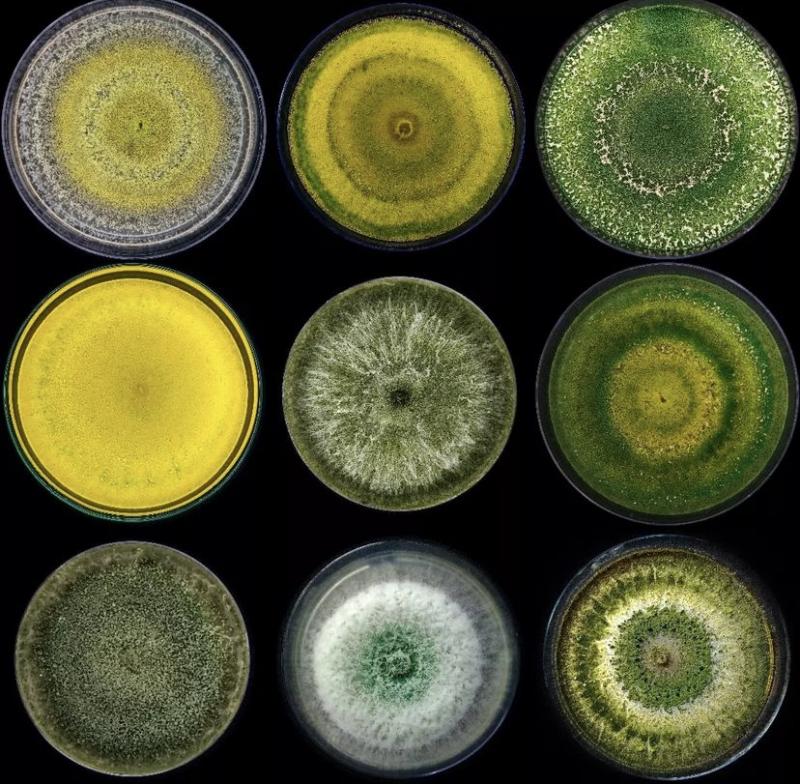Trichoderma species exert biocontrol against fungal phytopathogens using several mechanisms. Trichoderma’s most salient characteristic is their ability to parasitize other fungi, which is ensured by a broad range of molecules, especially cell wall degrading enzymes. xylanases, proteases, and β-glucanases. They also present an antifungal arsenal that includes terpenes, pyrones, gliotoxin, gliovirin, and peptaibols, with activity against phytopathogens. Trichoderma species can stimulate plant defenses, using molecules recognized as elicitors by the plant to trigger systemic defenses. They can also increase plant root growth and productivity by influencing plant hormonal balance, increasing plant nutrient uptake, and solubilizing soil nutrients. However, it is still unknown how these processes occur at a molecular level.
Trichoderma atroviride SC1 biocontrol potential against grapevine pathogens, responsible for several important diseases (i.e. grapevine trunk diseases or downy mildew), is well documented. In this study, we present the draft genome sequence of Trichoderma atroviride SC1 with the aim of advancing knowledge about this strain and its biocontrol potential against grapevine diseases.
This study has been performed by the BIOVITIS research group of the ‘Instituto de Ciencias de la Vid y del Vino (ICVV)’ in collaboration with Mendel University in Brno (Czech Republic).
Results of this study has been published in IMA Fungus:
https://rdcu.be/dnXYq
Visagie et al. 2023. The re-identification of Penicillium genomes available in NCBI and draft genomes for Penicillium species from dry cured meat, Penicillium biforme, P. brevicompactum, P. solitum, and P. cvjetkovicii, Pewenomyces kutranfy, Pew. lalenivora, Pew. tapulicola, Pew. kalosus, Teratosphaeria carnegiei, and Trichoderma atroviride SC1. IMA Fungus 14:21.








